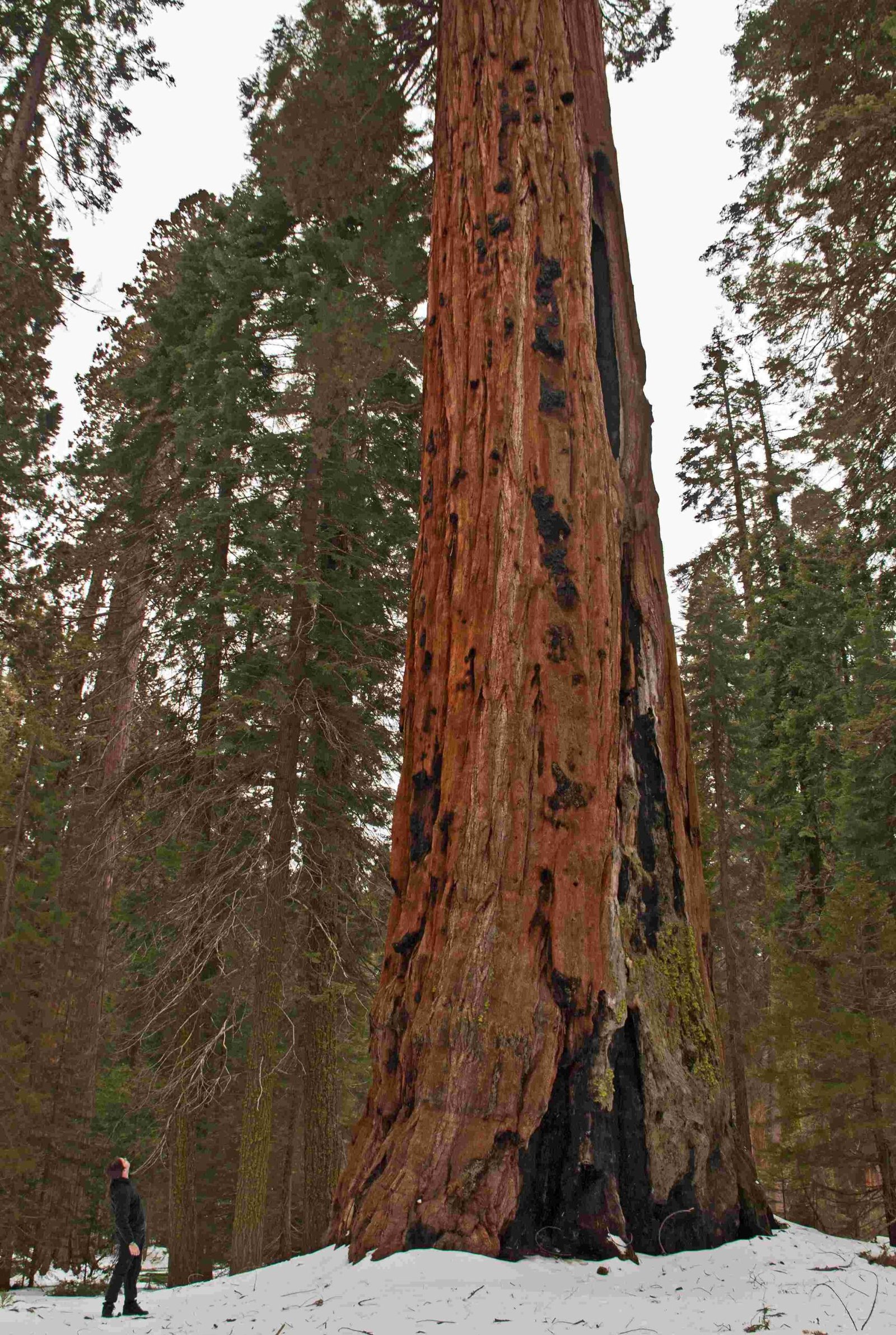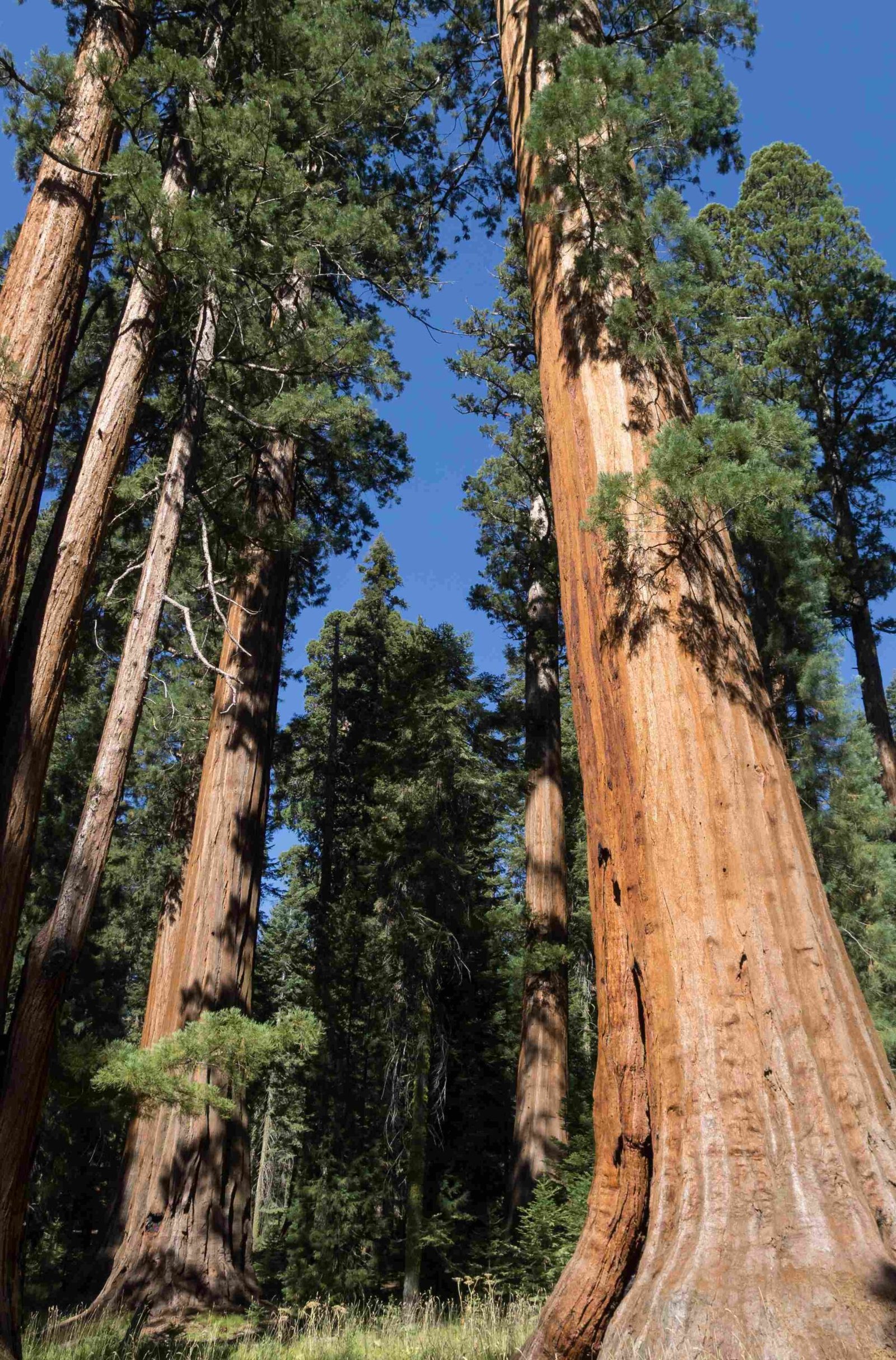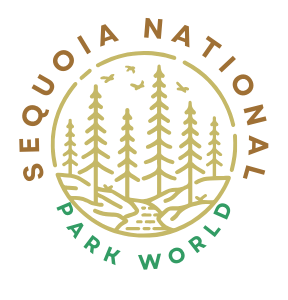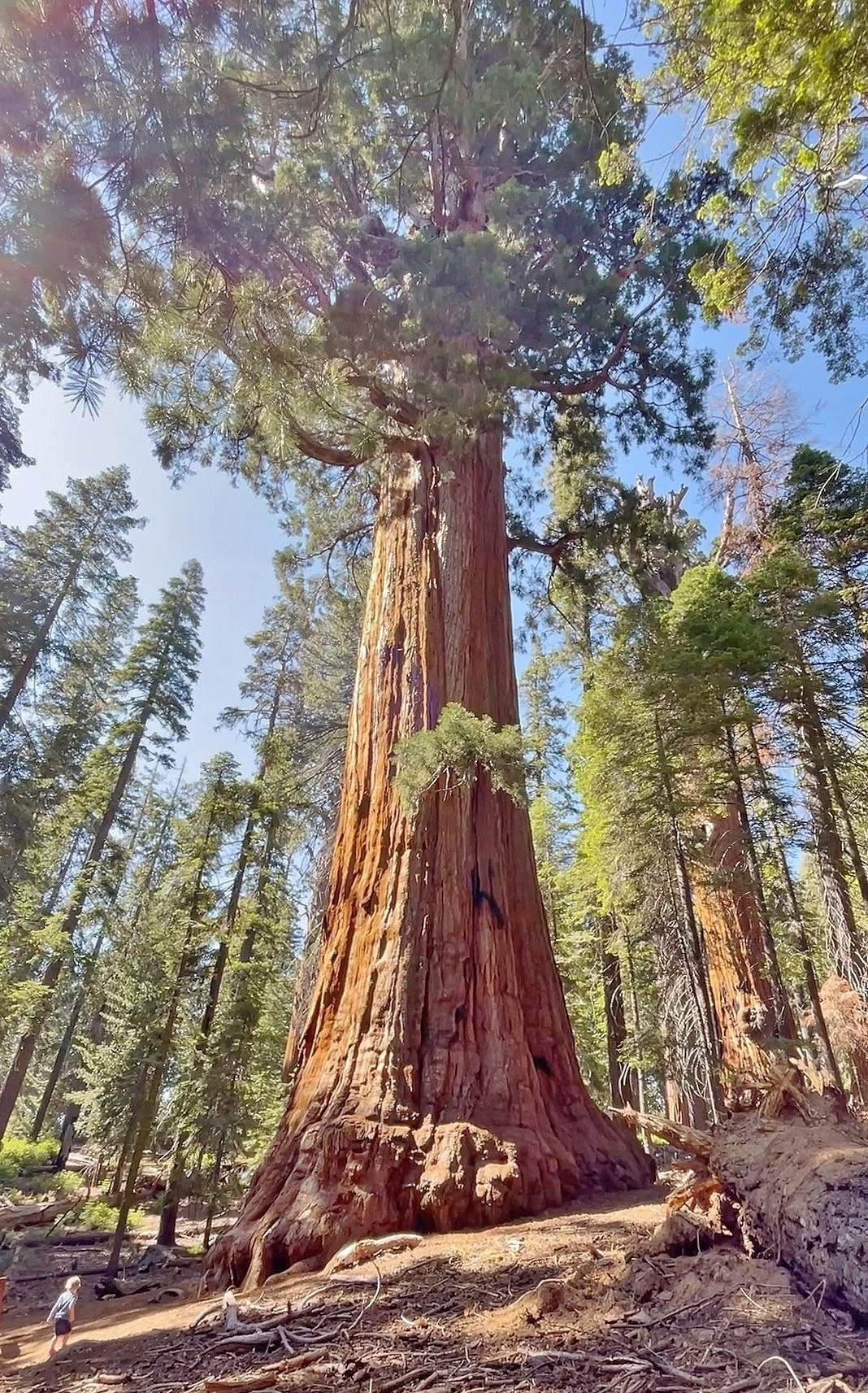Sequoia National Park, located approximately 234 miles southeast of San Jose, California, is a natural wonder known for its giant sequoia trees and diverse ecosystems. This guide provides essential information for travelers from San Jose, including driving directions, camping options, hiking trails, and entrance fees. Whether you’re planning a day trip or an extended stay, this comprehensive overview will help you make the most of your journey from the heart of Silicon Valley to one of America’s most majestic national parks.
What is the best route from San Jose to Sequoia National Park?

The most direct and recommended route from San Jose to Sequoia National Park is as follows:
- Take CA-85 S and merge onto US-101 S
- Take exit 356 for CA-152 E
- Continue onto CA-99 S
- Take exit 133B for CA-198 E towards Visalia
- Follow CA-198 E to the Ash Mountain entrance of Sequoia National Park
This route covers approximately 234 miles (377 kilometers) and typically takes around 4 hours and 23 minutes under normal traffic conditions. It’s important to note that this estimated travel time can vary based on traffic, road conditions, and any stops you make along the way.
What are some recommended stops between San Jose and Sequoia National Park?

To break up the journey and add some interesting experiences to your trip, consider these recommended stops:
- San Juan Bautista
- Visit the historic Mission San Juan Bautista
-
Enjoy a meal at the famous Pea Soup Andersen’s restaurant
-
Merced
- A convenient midway point for a short break
-
Stretch your legs and grab a quick snack
-
Fresno
- Largest city en route, offering various dining and shopping options
-
Consider visiting Forestiere Underground Gardens for a unique experience
-
General Sherman Tree
- Located within Sequoia National Park
- World’s largest tree by volume, a must-see before reaching your final destination
How should I prepare for road conditions on the way to Sequoia National Park?
When planning your trip from San Jose to Sequoia National Park, keep these road condition tips in mind:
- Stick to paved roads: Avoid routes that direct you onto unpaved roads, which can be challenging and potentially dangerous.
- Use Highway 198: This is the recommended route to enter Sequoia National Park.
- Check weather forecasts: Be prepared for potential snow or icy conditions, especially during winter months.
- Carry chains: Snow chains may be required in certain areas during winter.
- Fill up on gas: Ensure your vehicle has a full tank before entering the park, as gas stations are limited within the park boundaries.
What camping options are available in Sequoia National Park?
Sequoia National Park offers various camping options to suit different preferences:
- Lodgepole Campground
- Open late May to early November
- Reservations required through recreation.gov
-
Amenities include flush toilets, bear boxes, and fire rings
-
Dorst Creek Campground
- Open mid-June to early September
- Reservations recommended
-
Offers RV sites with no hookups
-
Atwell Mill Campground
- First-come, first-served basis
- Open late May to mid-October
-
Rustic camping experience with vault toilets and no showers
-
Cold Springs Campground
- First-come, first-served basis
- Open late May to late October
- Located in the Mineral King area, known for its scenic beauty
| Campground | Reservation | Season | Amenities |
|---|---|---|---|
| Lodgepole | Required | Late May – Early Nov | Flush toilets, bear boxes, fire rings |
| Dorst Creek | Recommended | Mid-June – Early Sept | RV sites (no hookups) |
| Atwell Mill | First-come, first-served | Late May – Mid-Oct | Vault toilets, no showers |
| Cold Springs | First-come, first-served | Late May – Late Oct | Basic facilities |
It’s important to note that campground availability and amenities can change, so always check the official National Park Service website for the most up-to-date information.
What are some must-do hiking trails in Sequoia National Park?
Sequoia National Park boasts an array of hiking trails suitable for various skill levels:
- General Sherman Tree Trail
- Length: 1 mile round trip
- Difficulty: Easy
-
Highlights: World’s largest tree by volume
-
Congress Trail
- Length: 2 miles round trip
- Difficulty: Easy to moderate
-
Highlights: Giant sequoia groves, including the President Tree
-
Moro Rock Trail
- Length: 0.6 miles round trip
- Difficulty: Moderate (steep stairs)
-
Highlights: Panoramic views of the Great Western Divide
-
Tokopah Falls Trail
- Length: 3.4 miles round trip
- Difficulty: Moderate
-
Highlights: Scenic waterfall, especially impressive in spring and early summer
-
Alta Peak Trail
- Length: 13.7 miles round trip
- Difficulty: Strenuous
- Highlights: High-elevation views, diverse ecosystems
When hiking in Sequoia National Park, always:
– Check current trail conditions and weather forecasts
– Carry plenty of water and snacks
– Wear appropriate footwear and clothing
– Be aware of wildlife, especially bears
– Practice Leave No Trace principles
What are the entrance fees for Sequoia National Park?
Entrance fees for Sequoia National Park are as follows:
- Private Vehicle: $35 (valid for 7 days)
- Motorcycle: $20 (valid for 7 days)
- Individual (on foot or bicycle): $20 (valid for 7 days)
- Sequoia and Kings Canyon Annual Pass: $70 (valid for one year)
Discounts are available for:
– Seniors (62 and older)
– Active duty military personnel
– Fourth-grade students (through the Every Kid Outdoors program)
Payment methods accepted at the park entrance include:
– Cash
– Credit cards
– Personal checks
For those planning multiple visits or wanting to explore other national parks, consider the America the Beautiful Annual Pass, which costs $80 and provides access to all national parks and federal recreational lands for one year.
How can I make the most of my visit from San Jose to Sequoia National Park?
To maximize your experience when visiting Sequoia National Park from San Jose:
- Plan your trip during the shoulder season (late spring or early fall) for milder weather and fewer crowds.
- Allow at least 2-3 days to explore the park’s main attractions.
- Book accommodations or camping sites well in advance, especially for summer visits.
- Start your days early to avoid crowds at popular sites like the General Sherman Tree.
- Take advantage of the park’s free shuttle service during peak seasons to reduce traffic and parking issues.
- Attend ranger-led programs to gain deeper insights into the park’s ecology and history.
- Pack layers, as temperatures can vary significantly between day and night, especially at higher elevations.
- Bring binoculars for wildlife viewing and stargazing opportunities.
- Download offline maps or pick up a physical map at the visitor center, as cell service is limited within the park.
- Respect wildlife and follow all park regulations to ensure a safe and enjoyable visit for everyone.
By following these tips and thoroughly planning your journey from San Jose to Sequoia National Park, you’ll be well-prepared to experience the awe-inspiring beauty of one of America’s most treasured natural landscapes.

